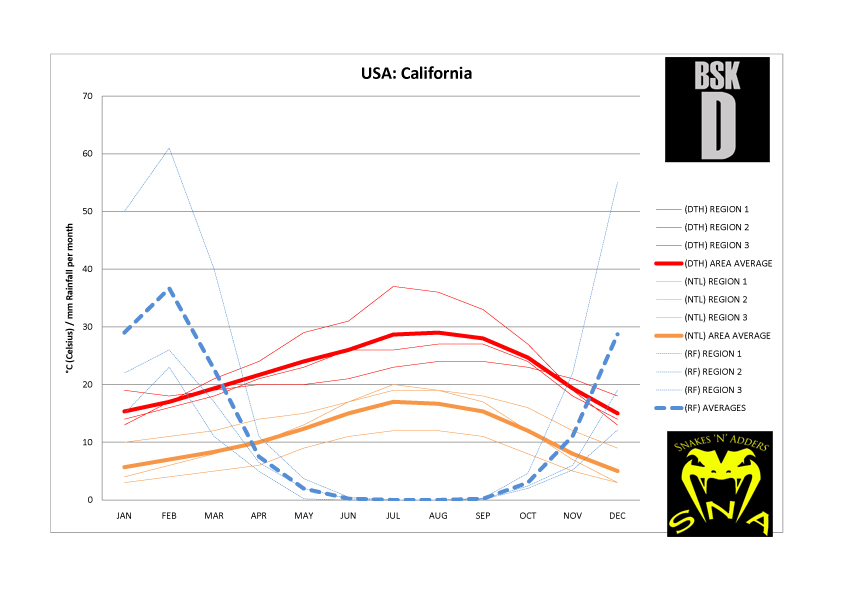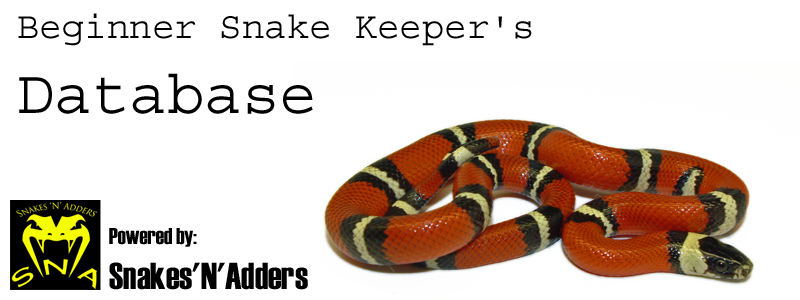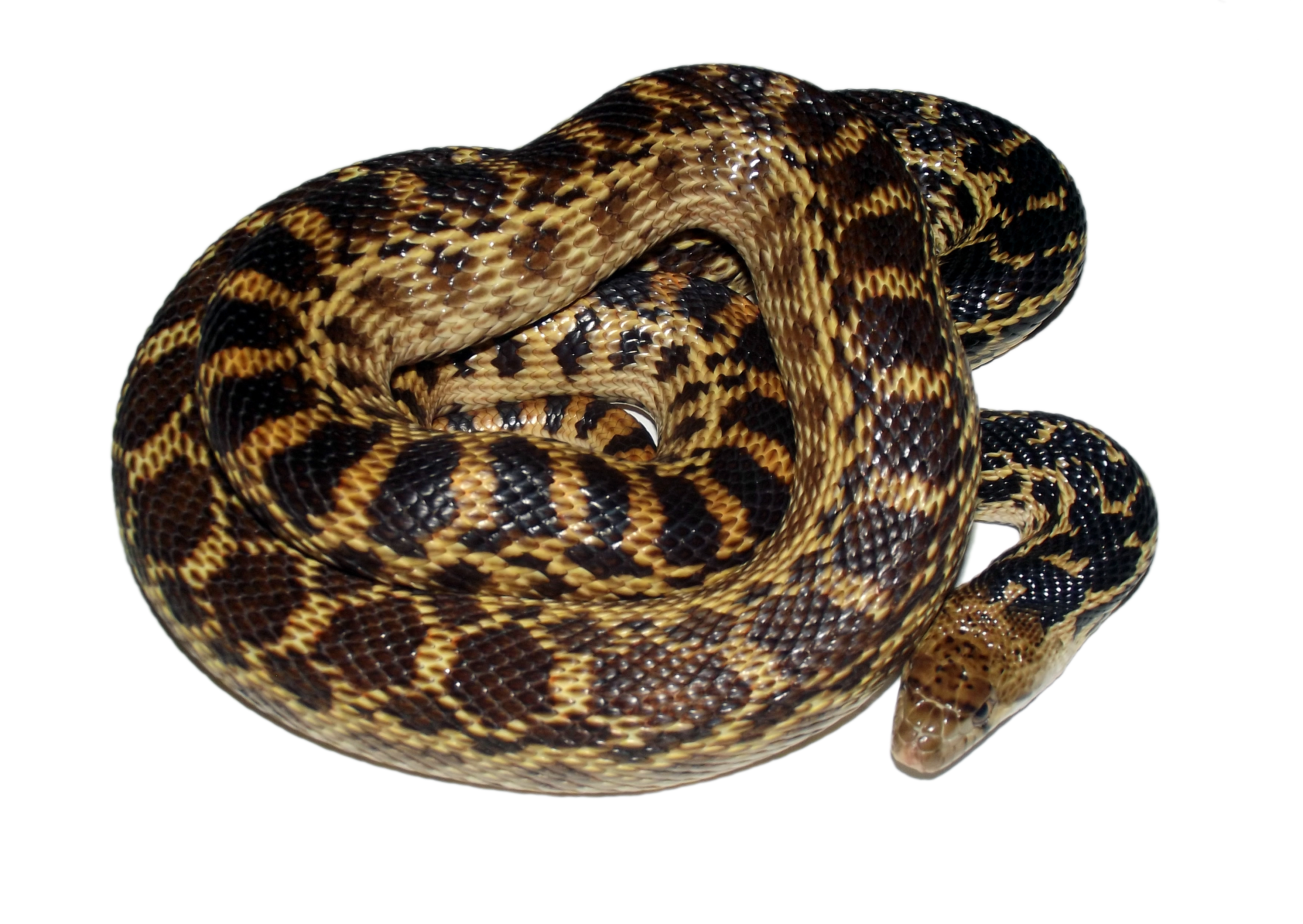
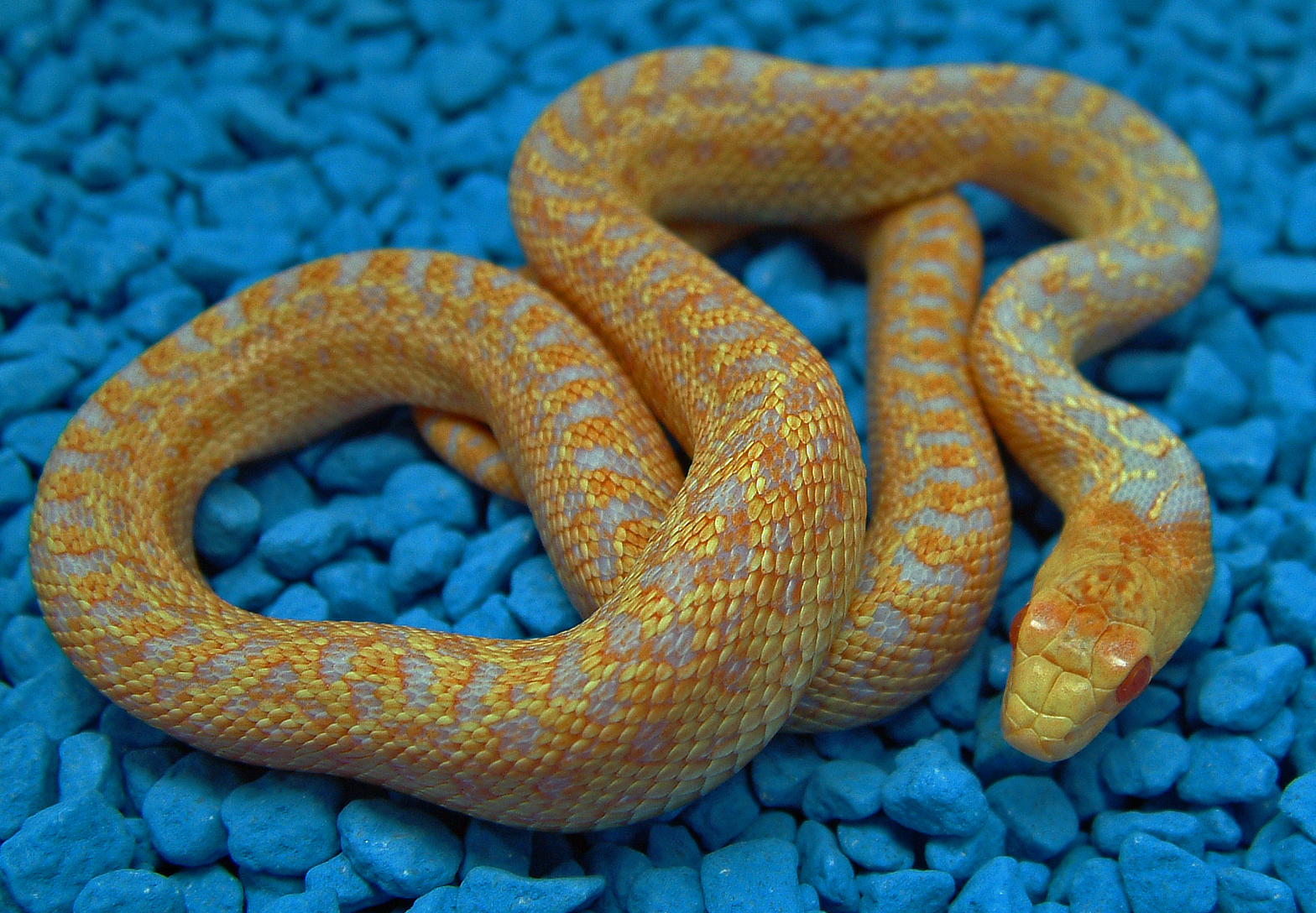
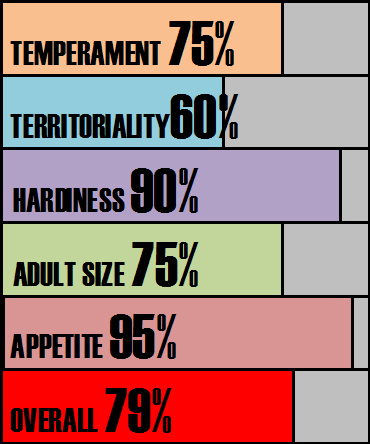

Species Notes based on experiences:
San Diego Gopher Snakes were once the most popularly kept of the Pituophis. This is the most laid back of the genus and early reptile breeders of note such as Bob Applegate developed exceptional bloodlines of albino animals. These were some of the early cultivars available alongside Amelanistic Corn Snakes and Californian King snakes. For this reason their popularity exploded. Further development in genetic variability were more limited than that of the Corn and King snake and eventually, predictably their popularity began to wane. This is a crying shame because Sand Diego Gopher snakes are a solid pet snake species. They are hardy, laid back and more diminutive than other members of the genus making them more suitable to rank beginners and even children.
Score analysis:
When considering temperament, San Diego Gopher Snakes are quite possibly the best behaved of the genus. That is not to say that defensive animals do not occur, they just don’t occur as regularly. This species has one of the longest histories in herpetoculture and as a result has been reproduced for far more generations. If defensive behave is presented it will usually take the form of tail rattling, production of musk and low level hissing or heavy breathing. Usually after a couple of moments this behaviour abates as the snake accepts it is not going to come to harm.
Territory disputes are more likely to occur than temperament issues. Regardless of how long you have had your San Diego Gopher Snake they never seem fond of being disturbed and can be quite vocal about it. Usually this is bluff (the equivalent of a human noisily complaining) but this abates the moment the snake is removed from the enclosure. Some specimens may become very agitated and vocal throwing their body around the enclosure hissing loudly and mock striking. The likelihood of these behaviours is lower than with other Pituophis. If the snake is for a child this should be approached with caution and time should be spent with the snake prior to purchase.
This snake is not as hardy as Pituophis from the Great Plains and Eastern Seaboard. The Rockies protect this regions from the majority of harsh weather. That is not to say the snake is weak over multiple generation this snake has proven itself to be an easy snake to care for even in the often times rudimentary rigs of years gone by. A superb pets that generally enjoys good health and does not fall ill easily (or without serious faux pas by its keeper)
This is a medium size snake and one of the smallest of the Pituophis. This snake will grow marginally larger than a Corn Snake and be slightly heavier built. In the hand it feels more dense and muscular with a much rougher skin complexion owing to the heavy keels to the flank and dorsal scales.
Superb feeding response which is a trend across the Pituophis genus. Occasional fasting in adult males during winter may be expected. This won’t be an issue for the first 2-3 years the animal is alive and generally will feed consistently. Southern California is relatively clement throughout the year. A period of reduced activity may be seen rather than an all out Brumation. In captivity they often carry on feeding throughout the year. More than likely mature animals will copulate with minimal or no manipulation of temperature.
Enclosure recommendations:
Tub:
This species is not suitable for keeping in a tub long term
Vivarium:
120cm x 60cm x 60cm
Budget rig: -
45 x 30cm heat pad
On / off thermostat
Digital thermometer to monitor thermostat performance
Warm hide
Cool hide
Water bowl
substrate
Recommended Rig (Vivarium only): -
250w ceramic heat emitter
Ceramic lamp holder and bracket
Bulb guard
Day night thermostat
Digital thermometer to monitor thermostat performance
Various logs and caves along the thermal gradient
Damp hide (optional)
Climbing and exercise branches
Plants and foliage (live or artificial – your choice)
Water bowl
Substrate
UVB light (8w T5 shade dweller 7% kit from Arcadia or equivalent) (optional)
Subterranean section to vivarium for further psychological security (optional)
Climate analysis:
The balmy Southern Coast of California offers this snake winter day time highs in excess of 15°c. Basking surfaces that are dark such as asphalt and stone will be far warmer than this still approaching 30°c. Activity will be curtailed during these months but more than likely would continue. Being West of the Rockies the wet season coincides with winter building in December and peaking in February at a little under 40mm a month. A period of prolonged drought in summer may force these snakes to aestivate to conserve energy and wait for more manageable weather to resume. This is more applicable to desert fringe regions than true coastal locales.
Conclusion:
One of the very best Pituophis to own. This is a lovely tempered snake if worked with regularly and the albino variants are particularly pretty. Sadly becoming harder to find as time continues to pass in the UK. This was once a mainstay of the beginner snake hobby but owing to competition from other species and far more cultivars being available in other species of Pituophis the San Diego Gopher Snake may have been left upon the scrapheap which is a real shame.
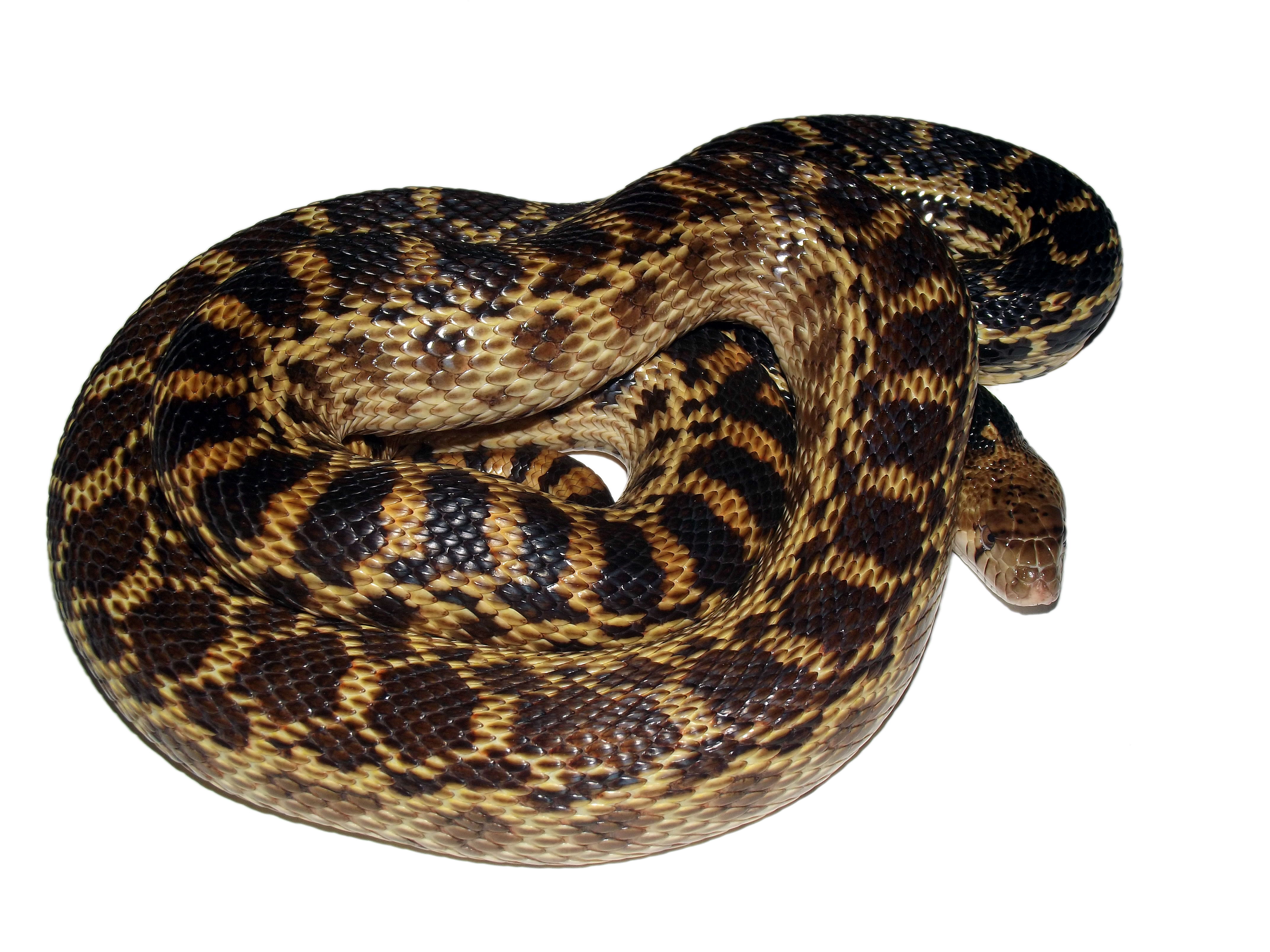
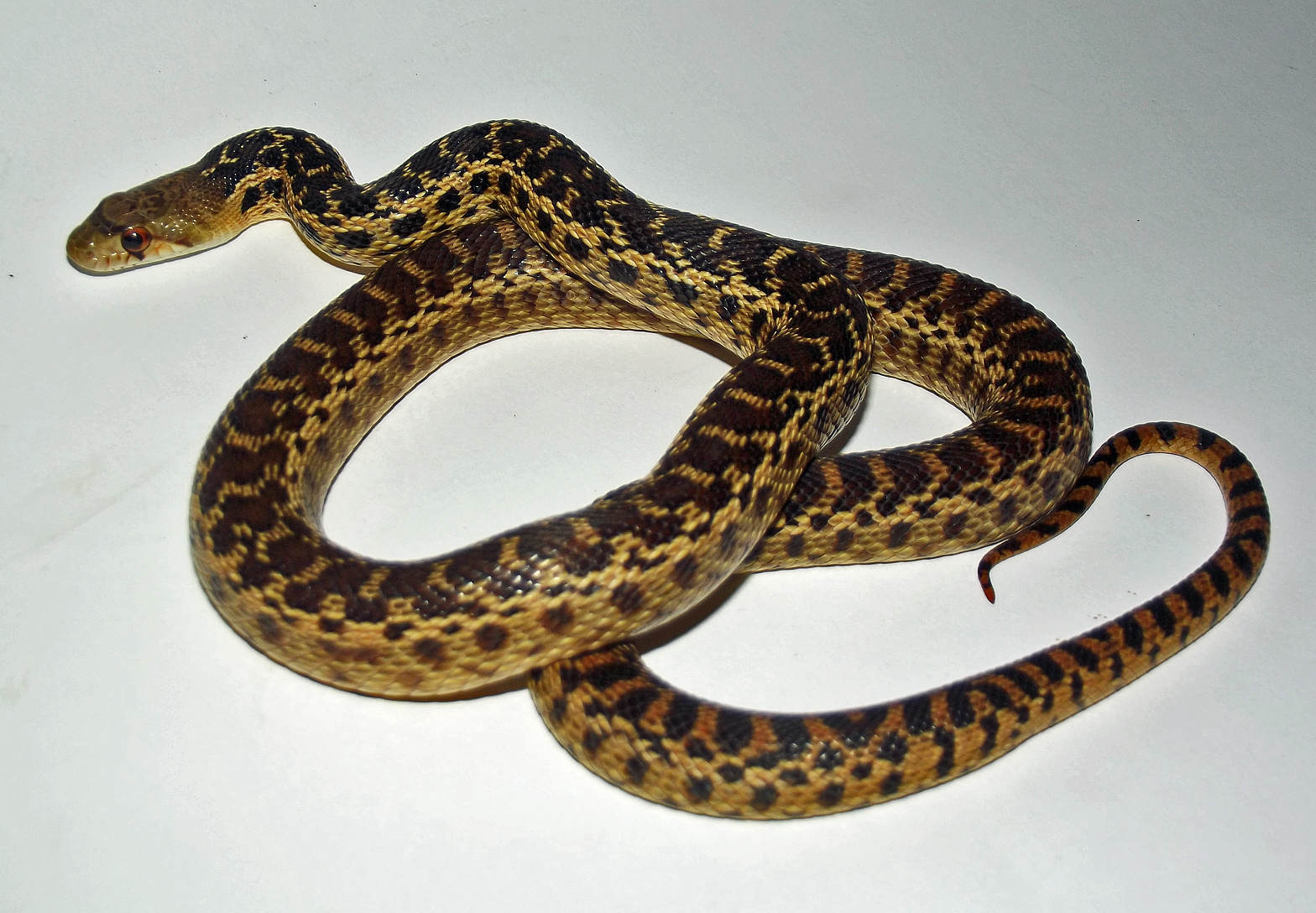
.jpg)
